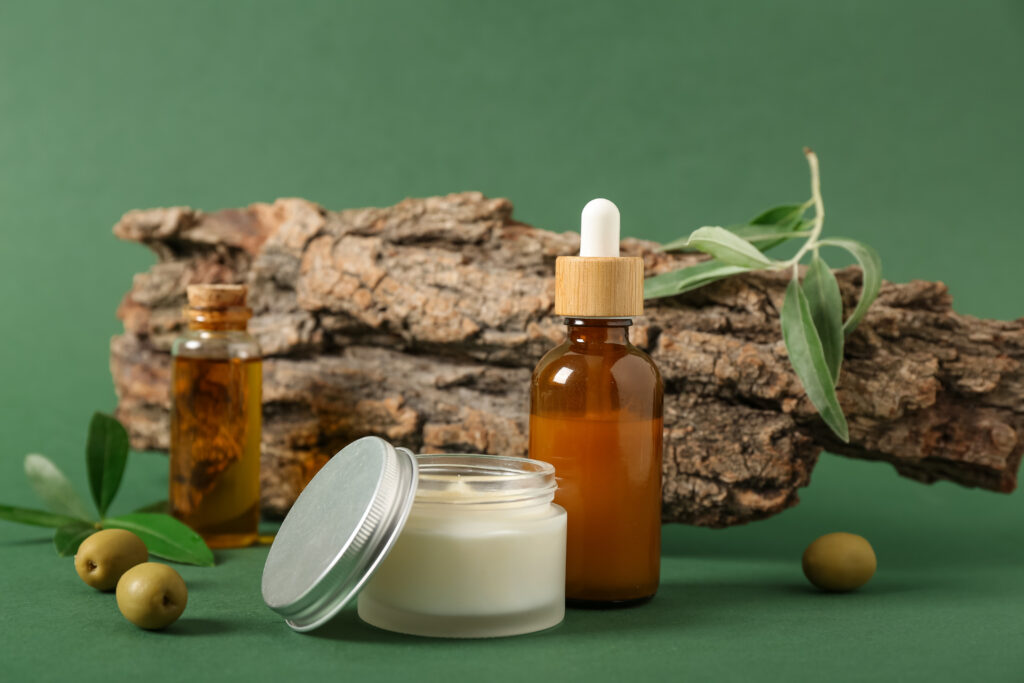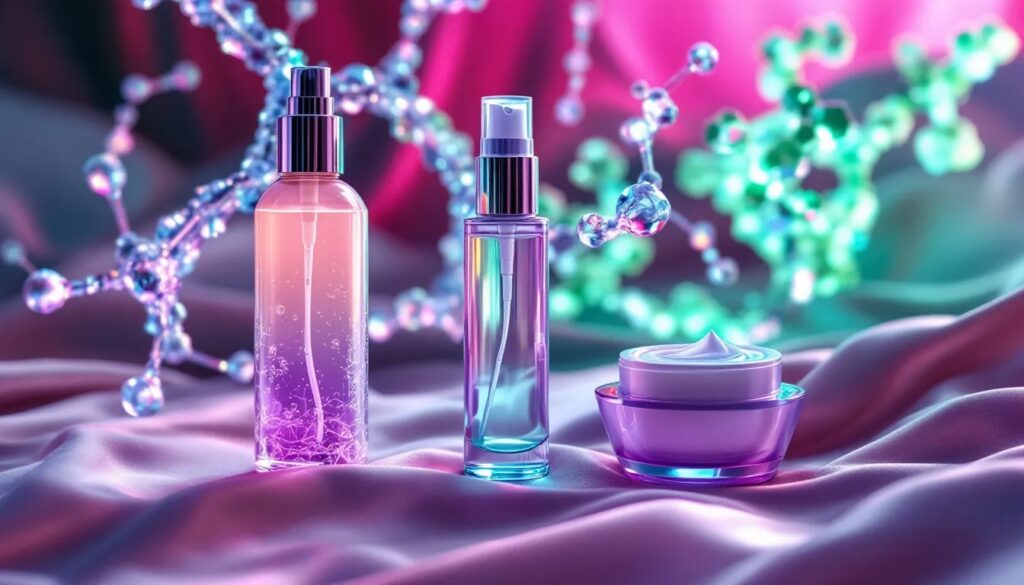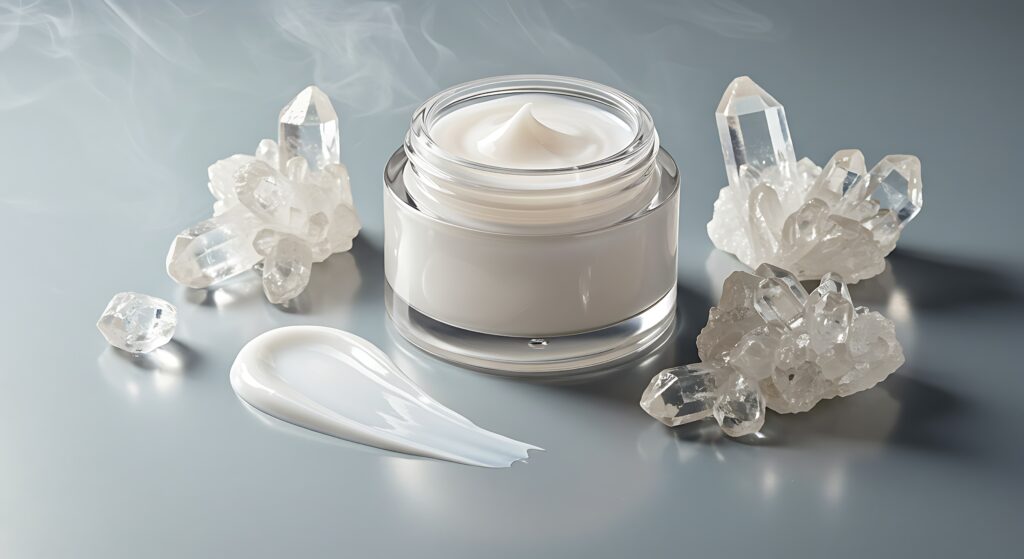Sensitive-Skin Sun Care: How Tolerable Formulas Win Real-World Use
Parents and pediatricians broadly agree on the target: broad-spectrum coverage that children will tolerate every day. That tolerance threshold is lower than many adult lines assume. Sensitive or atopic-prone skin stings easily, especially around the eyes and cheeks, so even small formulation missteps—choice of UV filter, dispersion aid, or residual surfactant—can undermine adherence. Authoritative guidance for families consistently points to zinc oxide and titanium dioxide as the default active filters for babies and kids, particularly when skin is reactive. The practical implication for R&D is straightforward: a mineral-led system should be your starting point, not an afterthought.
Regulatory signals reinforce this path. In the United States, the FDA’s proposed order identifies zinc oxide and titanium dioxide as the only sunscreen actives with sufficient safety data to be proposed GRASE (up to 25%). That status brings a dossier advantage and a clearer label story for sensitive-skin and pediatric ranges. In the EU, SCCS opinions outline conditions under which coated and uncoated mineral grades—nano and non-nano—are safe in sunscreens, while cautioning against aerosolized “sprayable” uses that could create inhalation exposure. This is precisely the framework needed to design daily-wear children’s sunscreens that are both elegant and compliant.
The Sensitive-Skin Barriers: Stinging, Whitening, and Real-World Adherence
The first constraint is irritation. Even well-built emulsions can sting on compromised pediatric skin if the filter system and the rest of the INCI are not aligned. Pediatric sources recommend fragrance-free bases and, if irritation occurs, switching to mineral actives—language that directly supports a ZnO/TiO₂-first strategy for baby and kid lines. For formulators, that translates into a requirement to optimize the particle engineering and vehicle so mineral actives deliver protection without the side-effects that cause product rejection at home.
The second constraint is whitening—the most visible reason parents abandon otherwise protective products. Transparency is a function of primary size, morphology, refractive index mismatch, and surface treatment. Non-nano claims (~100 nm primaries) can help with label preferences, but they must be paired with coatings and dispersion strategies that keep scatter low and film uniform. The third constraint is format: avoiding sprayable systems near the face is not only recommended clinically but carries regulatory weight in Europe, which nudges pediatric portfolios toward sticks, balms, and fluids designed for easy, even application.
Taekyung Telika & Zinika: Mapping TiO₂/ZnO Choices to Sensitive-Skin Needs
When building everyday mineral sunscreens for reactive skin, start with the physics and the rules: select particle size and surface treatment that deliver transparency at practical loads while aligning with non-nano, silicone-free, or COSMOS-friendly positioning. Then tune UVA/UVB balance and film behavior by pairing a TiO₂ backbone with the right ZnO lane—AS-coated for dose-efficient clarity, or non-coated for label simplicity. Taekyung’s focused grades make these choices predictable, so you can hit SPF/PA targets without leaning on heavy wax builds or potentially irritating excipients.
From White Index to PA: Data That Predicts Wearability and Coverage
Titanium dioxide (Telika). In a defined dispersion (TiO₂ 60% powder; dicaprylyl carbonate 35% + polyhydroxystearic acid 5%), Telika_SAS shows a lower white index (72.34) than a comparator (75.81) and is documented as oil-dispersible and stable in O/W, making it a predictable backbone for light, spray-free daily emulsions. For a non-nano TiO₂ option, Telika_100SA (~100 nm) posts a higher white index (136.29 vs 124.15) in a 60% panel—consistent with natural optical coverage/soft focus—and is positioned with in-vivo SPF/PA benchmarks across multiple formats. Tie optical readouts back to recognized methods (ISO 24444 SPF; ISO 24442 PA) as you lock claims.
Zinc oxide—AS-coated (Zinika AS). For dose-efficient clarity in silicone-rich daily fluids, Zinika_80AS measures a lower white index than its comparator under identical conditions, supporting more transparent films at practical loads. When UVA balance is the driver, Zinika_60AS reports the highest UVA/UVB ratio (0.79) among coated examples in the deck. For non-nano positioning with gentle coverage, Zinika_100AS (~100 nm) is particle-characterized (TEM/SEM/DLS) and shows a higher white-index coverage profile—useful for soft blurring without heavy payoff.
Zinc oxide—non-coated (Zinika NC). For silicone-free labeling and lean INCI lists, use Zinika_30NC (~30 nm) when transparency with a simple label is the goal, or Zinika_100NC (~100 nm, non-nano) when you need non-nano language and natural coverage (e.g., sticks, balms, tints). Both are mapped to sun and make-up contexts; plan vehicle, dispersant, and shear to secure stable dispersion, then verify appearance and protection in your base with ISO 24444/24442.
Using TiO₂ + ZnO together—practical archetypes.
- Transparent daily fluid (sensitive-skin focus): Telika_SAS + Zinika_80AS to leverage coated-grade transparency at target loads; confirm with PMMA in-vitro and ISO 24444/24442 in-vivo in your base.
- UVA-balanced daily wear: Telika_SAS + Zinika_60AS when a stronger UVA/UVB ratio is desired in a coated system.
- Non-nano tint/family cream: Telika_100SA + Zinika_100AS (or Zinika_100NC for silicone-free) to align non-nano characterization with soft optical coverage; expect higher white index than smaller-particle panels and tune finish accordingly.
Dose-Efficient SPF, Stable Films: What the Bench Says About Daily Use
Taekyung’s deck includes example builds pairing Telika_SAS with Zinika_AS grades for transparent daily fluids, and Telika_100SA with Zinika_100AS for non-nano positioning. In-vitro assessments reference FDA 2011 PMMA plate methods and in-vivo confirmation by ISO 24444/24442. While every lab must verify in its own base and process, these results illustrate the dose-efficiency achievable when particle engineering and surface chemistry are matched to the vehicle and claim set.
Equally important are the quality and compliance hooks embedded in the grades. The Telika line specifies heavy-metal limits on pigment-leaning TiO₂, and the Zinika map clearly distinguishes non-coated (silicone-free) from AS-coated options, helping you route to the appropriate label and retailer lists. These documentation advantages don’t replace your HRIPT or preservative-efficacy work, but they reduce friction when claims, safety summaries, and retail compliance reviews converge ahead of launch.
Designing Sensitive-Skin Sunscreens That Scale—and Survive Regulatory Scrutiny
The broader context matters. FDA’s GRASE trajectory for ZnO/TiO₂ gives sensitive-skin lines a more conservative risk profile than many organic-filter systems—a difference that is meaningful to medical advisors and purchasing parents alike. SCCS opinions further clarify allowable coatings (e.g., triethoxycaprylylsilane, dimethicone) and highlight non-spray expectations for nano-enabled filters, which already matches how families prefer to apply products to faces. Building to these standards from day one de-risks global review.
Address common safety questions with data rather than abstractions. A controlled human-volunteer study in the Journal of Investigative Dermatology found no penetration of agglomerated ZnO nanoparticles into viable epidermis and no local cellular toxicity after repeated, realistic applications. That does not replace your own tolerance testing, but it strengthens the scientific baseline supporting sensitive-skin claims when combined with HRIPT, ophthalmologist sting screening, and caregiver in-use feedback.
Make “Caregiver-Approved” and “Formulator-Approved” the Same Product
Sensitive-skin sunscreens do not require a compromise between safety, comfort, and aesthetics. Authoritative guidance points to mineral actives; modern TiO₂ and ZnO engineering delivers the transparent, spray-free, daily-wear textures that earn repeated use. With a focused toolkit TiO2 and ZnO from Taekyung—you can meet sensitive-skin needs, align with regulators, and deliver the sensory quality that keeps products on skin.
Let’s translate this into a bench plan.
If sensitive-skin daily wear is on your roadmap, request Taekyung samples plus the latest performance data. We’ll work with you to choose coated vs. non-coated ZnO and the right TiO₂ for transparency, non-nano positioning, and stability.
- American Academy of Pediatrics. (2024, August 9). Sun safety: Information for parents about sunburn & sunscreen. HealthyChildren.org. https://www.healthychildren.org/English/safety-prevention/at-play/Pages/Sun-Safety.aspx
- Mohammed, Y. H., Holmes, A., Haridass, I. N., Sanchez, W. Y., Studier, H., Grice, J. E., Roberts, M. S., & Prow, T. W. (2019). Support for the safe use of zinc oxide nanoparticle sunscreens: Lack of skin penetration or cellular toxicity after repeated application in volunteers. Journal of Investigative Dermatology, 139(12), 2485–2494. https://pubmed.ncbi.nlm.nih.gov/30448212/
- U.S. Food and Drug Administration. (2022, December 16). Questions and answers: FDA posts deemed final order and proposed order for OTC sunscreen products. https://www.fda.gov/drugs/understanding-over-counter-medicines/questions-and-answers-fda-posts-deemed-final-order-and-proposed-order-over-counter-sunscreen
- Scientific Committee on Consumer Safety. (2021). Opinion on titanium dioxide (TiO₂) used in cosmetic products (SCCS/1617/20). European Commission. https://health.ec.europa.eu/system/files/2021-11/sccs_o_238.pdf
- Scientific Committee on Consumer Safety. (2014). Revision of the addendum to the opinion SCCS/1489/12 on zinc oxide (nano form). European Commission. https://health.ec.europa.eu/publications/revision-addendum-opinion-sccs148912-zinc-oxide-nano-form-s76_en
Note: We relied on peer-reviewed and authoritative open-access sources to ground sensitive-skin sunscreen recommendations in verifiable evidence: FDA communications for U.S. OTC context; SCCS opinions for EU safety conditions on coated and non-nano mineral UV filters; AAP guidance translating dermatologic best practices into caregiver-relevant use; and a controlled human-volunteer study in JID addressing ZnO nanoparticle penetration and local toxicity. Taekyung-specific performance and characterization details (white index, ISO and FDA method callouts, particle characterization) are cited directly to Taekyung’s 07-2025 deck.









